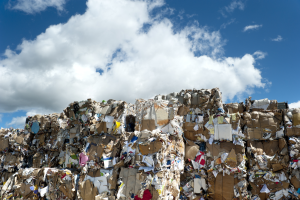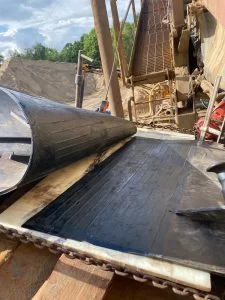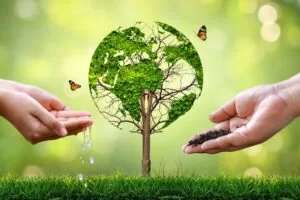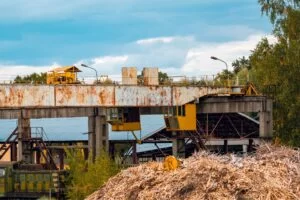When it comes to metal recycling, most people think of cars being crushed, old ships being broken up or a plethora of tin cans collected from households being melted down for re-use.
However, few think about the recycling of metal parts that make up some of the devices we have come to take for granted in the 21st century.
The digital revolution has certainly changed lives with the ubiquitous mobile phones, widespread laptop use, and any number of gadgets around the home. However, while this may provide lots of opportunities to communicate with others – or with Alexa – it has also produced a new form of waste.
October 14th marked international E-Waste Day, which, as Letsrecycle.com noted, was established four years ago by the WEEE Forum, an umbrella body representing 40 different waste and electrical and electronic equipment producer organisations from around the globe. The theme this year was “the crucial part each of us has in making circularity a reality for e-products”.
The WEEE Forum estimated that the annual total of e-waste from obsolete, discarded and broken old electronic devices will total 57.4 million tonnes over the course of 2021, and the number is growing by around three or four per cent a year.
Director general of the forum Pascal Leroy said: “Many factors play a role in making the electrical and electronics sector resource efficient and circular,” adding that member organisations had managed to recycle 2.8 trillion tonnes of E-waste in 2020.
However, he added: “As long as citizens don’t return their used, broken gear, sell it, or donate it, we will need to continue mining all-new materials causing great environmental damage.”
Of course, not all E-waste is metal. But much of it is and not just any metal at that; the Forum has called for households, companies and governments to do more to recover important materials including gold, aluminium and copper.
Achieving this will mean recycling firms will end up with a lot more metal to shred and recycle. But whether this goes into new electronic devices, cars, tin cans or any other metal products, a lot of landfill and waste will be saved by putting it back to use.
Among the firms looking to expand electronic waste recycling operations is mining firm Glencore. The firm is waiting on the outcome of a planning application to build a new electronic waste recycling facility at an unspecified location in the UK.
If planning permission is granted, the firm believes the plant could be up and running in 12-18 months. Speaking to Reuters, Glencore’s head of copper and electronic waste recycling Kunal Sinha said: “The UK site is aiming to recycle end of life discarded electronics from the UK and continental Europe.”
Last year, Glencore managed to salvage about 27,000 tonnes of copper, 132, ounces of gold, 1.3 million ounces of silver and 5,000 ounces of platinum from electronic waste last year.
These figures demonstrate just how much precious metal can be recovered from such waste, and also provide a possible indication of how much more recycling work could be possible with a new plant in place.
If you need auto-adjusting belt scrapers, click here




